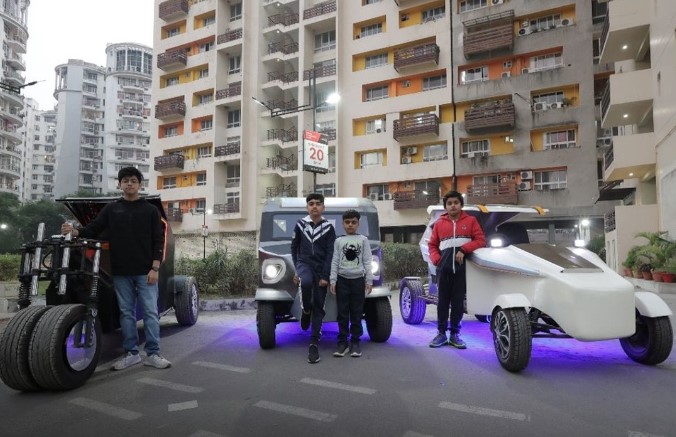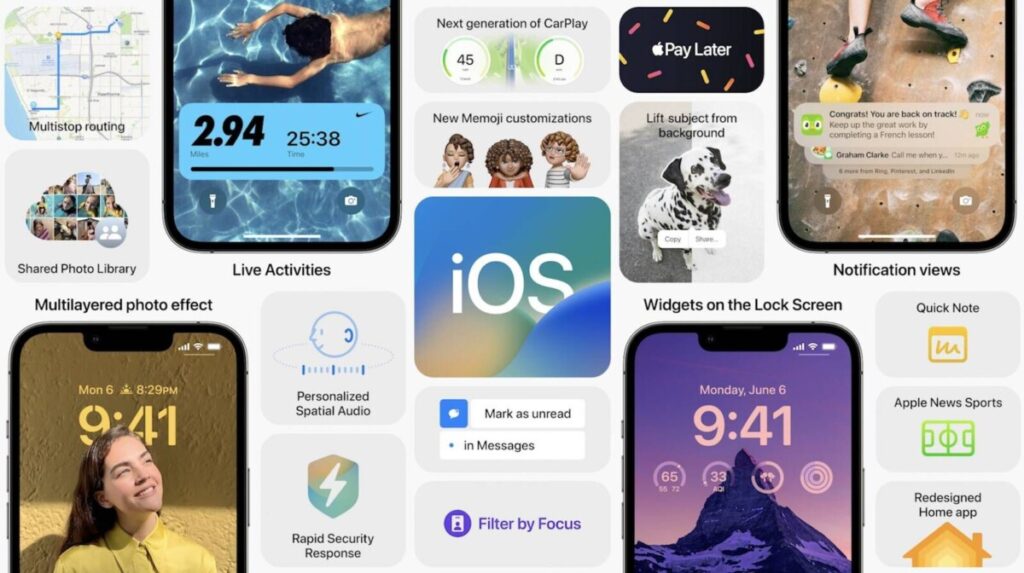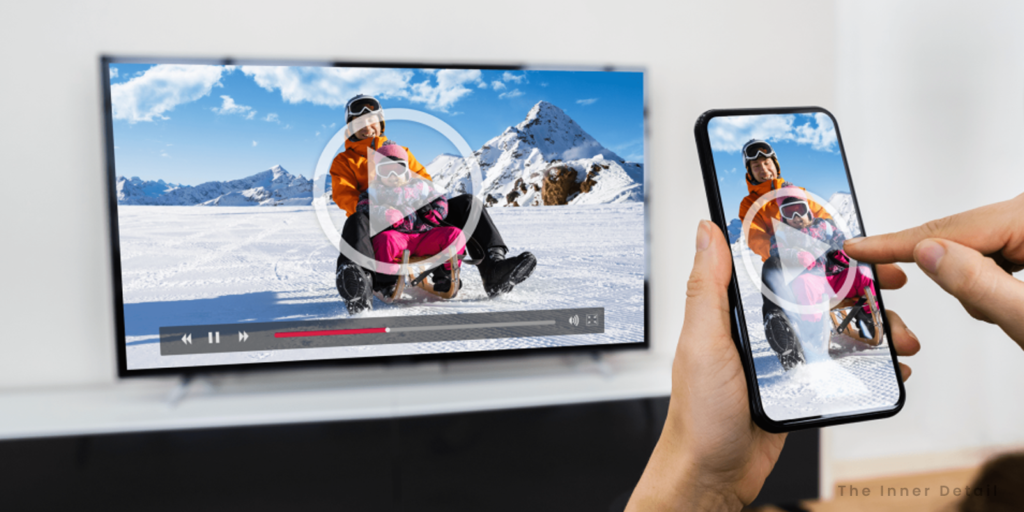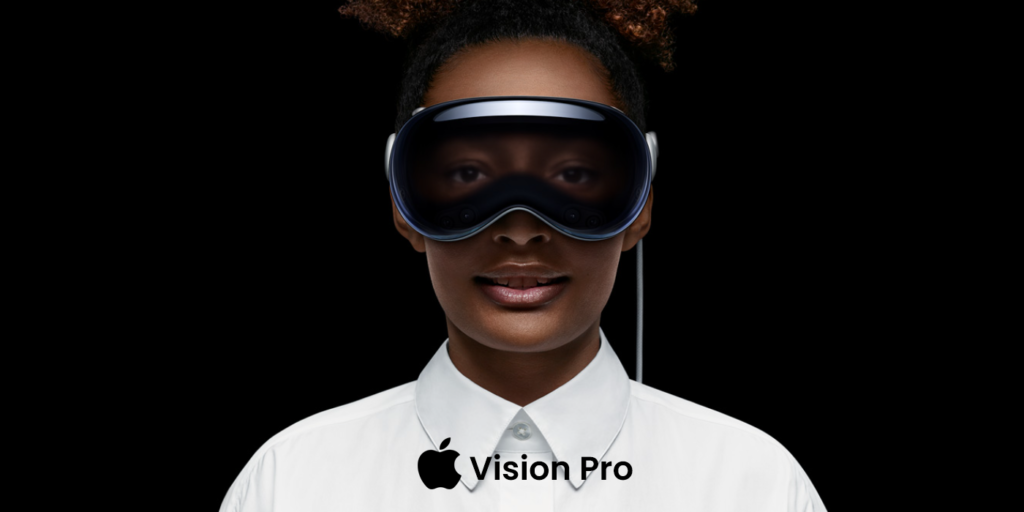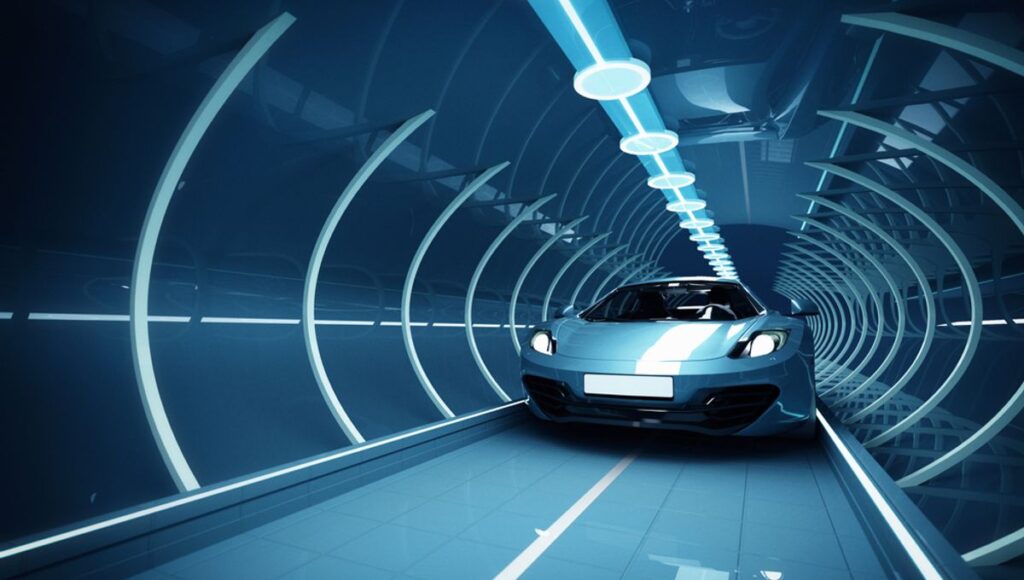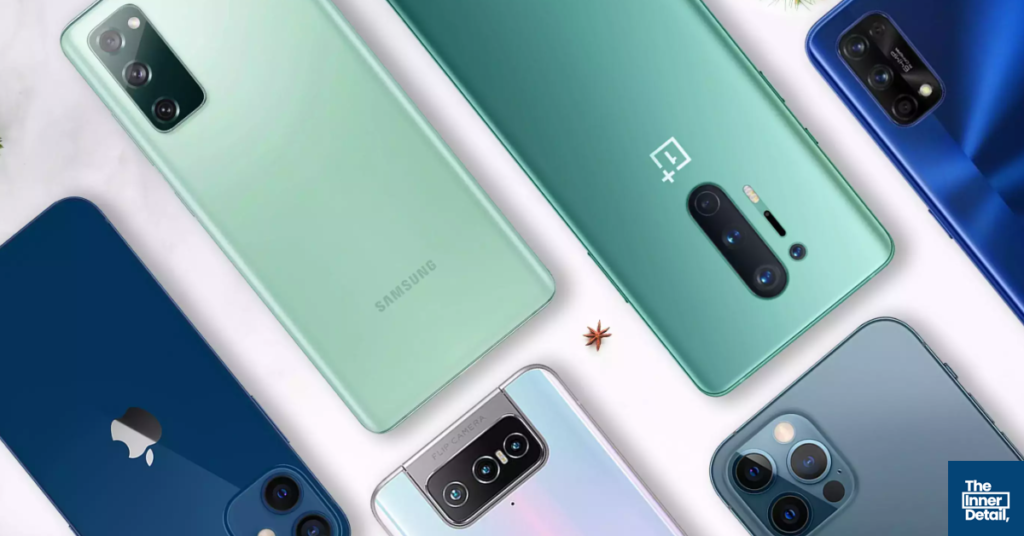Researchers innovated a new wearable fabric that is stretchable and waterproof and turns human motion into electricity, so you can charge earphones, smartwatch or even your smartphone.
The concept or science instigating this is simple and could be framed under two words – piezoelectric and triboelectric effect. It’s a popular concept that comes in engineering and at least one engineering student in an university would be doing a project relating to piezoelectric, in their final semesters. But the case is completely new here.
Researchers from Nanyang Technological University (NTU), Singapore, have developed a stretchable fabric that turns body movements into electrical energy. On wearing the fabric, it generates enough electricity to power 100 LEDs from the casual body movements we do every day, as we work.
Wearable Fabric
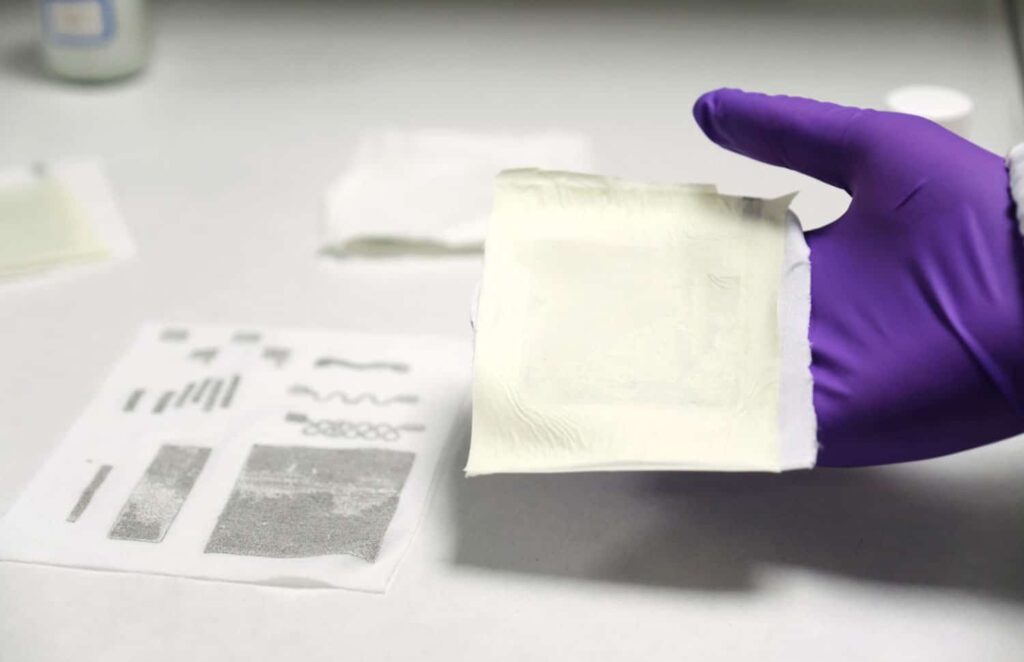
Researchers on ideating ways to make clothes that can harness energy, deduced out two ways of doing it – one by inducing pressure on the cloth (piezoelectricity) and another by deploying friction (triboelectric effect). The fabric deployed for the use is waterproof and is not deteriorated upon frequent use.
Following that the nanofibre fabric composes of two main components – poly(vinylidene fluoride)-co-hexafluoropropylene (PVDFHPF), a polymer that converts mechanical stress into electrical energy when pressed or squeezed, and lead-free perovskites, one that’s seen in solar cells & LEDs. This retains as the core of generating electricity.
The fabric is fabricated as a stretchable electrode by screen-printing an ‘ink’ comprising silver and strene-ethylene-butylene-styrene (SEBS) – a rubber like material found in general purpose items such as teethers and handlebar grips, that aids the fabric to be stretchable and waterproof. While this pose an enfold for the fabric to be efficient in long run & reliable.
How much electricity can this fabric make?
According to the NTU PhD student Jiang, who is part of the research team, the prototypic fabric generates 2.34 watts of electricity per square metre – sufficient to power small electronic devices.
NTU scientists further showed that how a hand tapping on a 3cm x 4cm fabric piece could continuously light up 100 LEDs, or charge various capacitors (storing electrical energy like batteries).
Related Posts
“Despite improved battery capacity and reduced power demand, power sources for wearable devices still require frequent battery replacements. Our results show that our energy harvesting prototype fabric can harness vibration energy from a human to potentially extend the lifetime of a battery or even to build self-powered systems. To our knowledge, this is the first hybrid perovskite-based energy device that is stable, stretchable, breathable, waterproof, and at the same time capable of delivering outstanding electrical output performance.” – Professor Lee Pooi See, who led the study.
The fabric showed good durability and stability – its electrical properties did not deteriorate following washing, folding, and crumpling. It also continued to produce a continuous stable electrical output up to five months. The scientists showed that their fabric could harness energy from a range of human movements by attaching it to the arm, leg, hand, and elbow, as well as to the insoles of shoes, and did so without impacting on the movements.
The NTU team is on track to unearth the possible ways of energy-generations from the environment and normal day-to-day life. Indeed, they just in time developed a type of film that could potentially be mounted on roofs or walls to harness the energy produced wind or raindrops falling onto the film. Now, the step on fabric challenges them to explore the energy-harvesting in the field.
Hope the page was useful!
(For more such interesting informational, technology and innovation stuffs, keep reading The Inner Detail).



